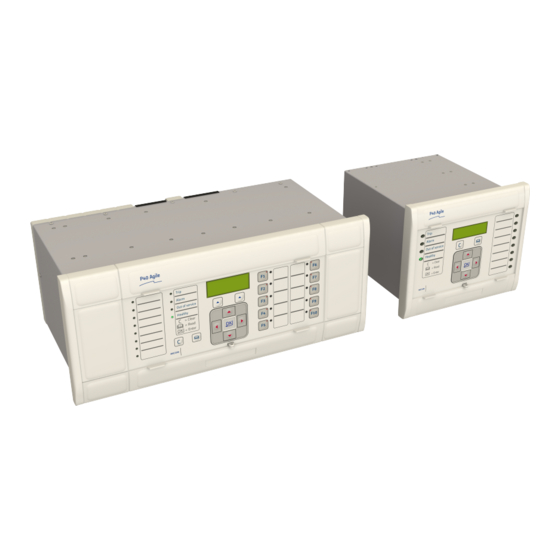
GE MiCOM P40 Agile Technical Manual
Hide thumbs
Also See for MiCOM P40 Agile:
- Technical manual (962 pages) ,
- Technical manual (458 pages) ,
- Technical manual (668 pages)
Table of Contents
Advertisement
Quick Links
Download this manual
See also:
Technical Manual
Advertisement
Table of Contents
Troubleshooting

















Need help?
Do you have a question about the MiCOM P40 Agile and is the answer not in the manual?
Questions and answers